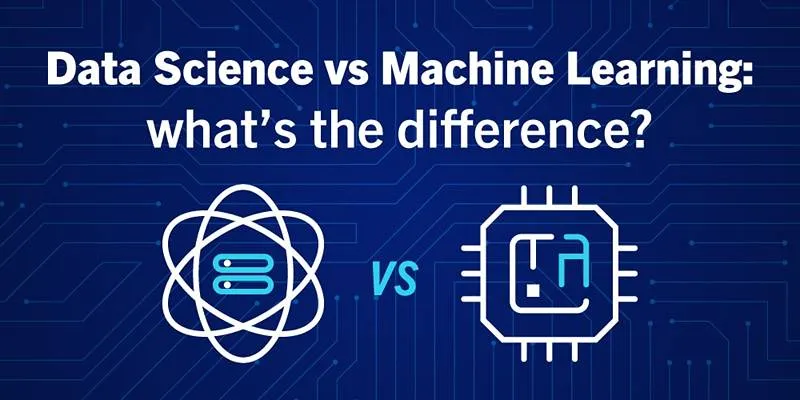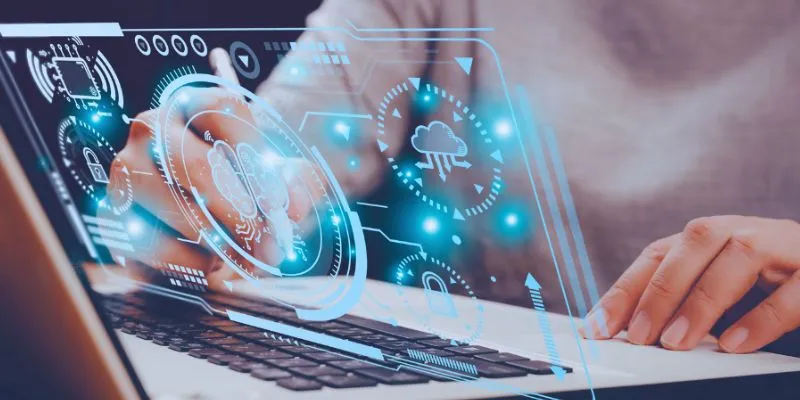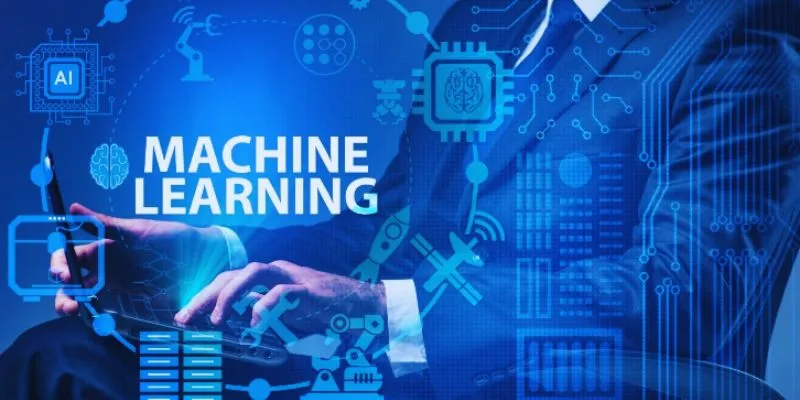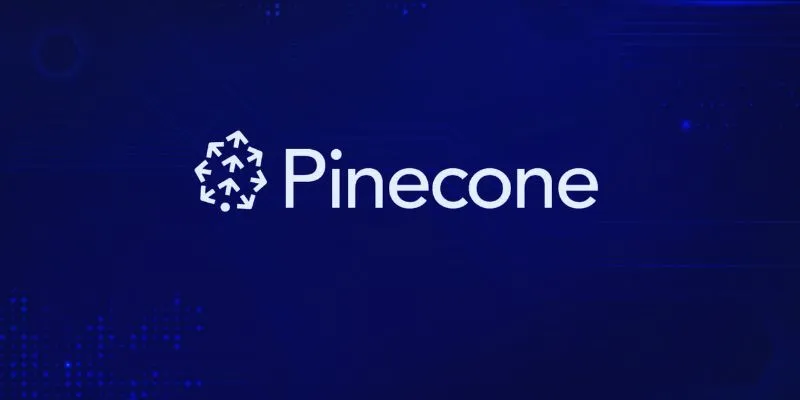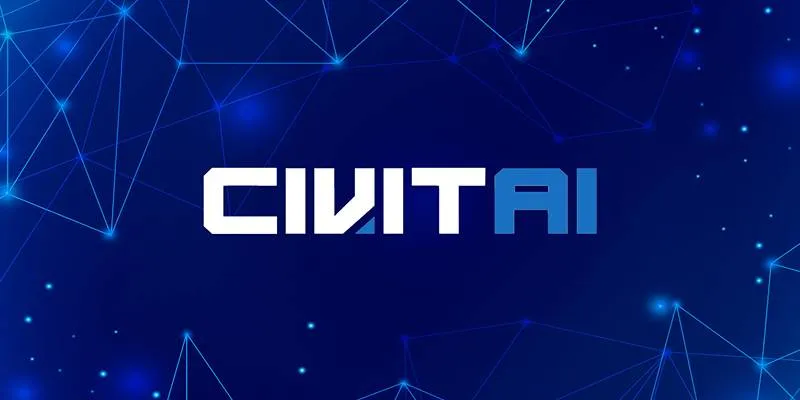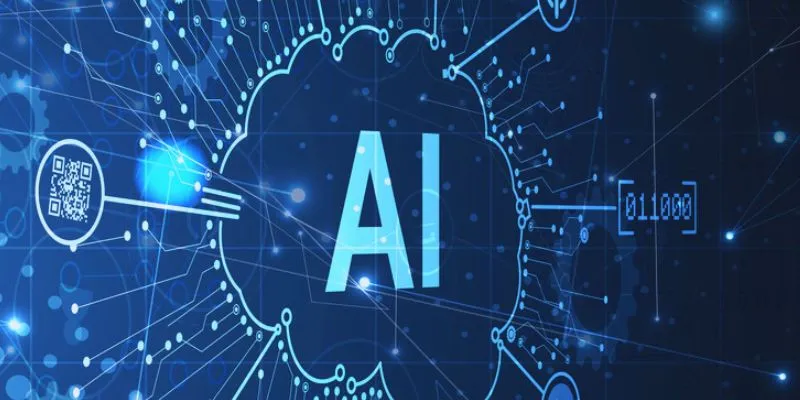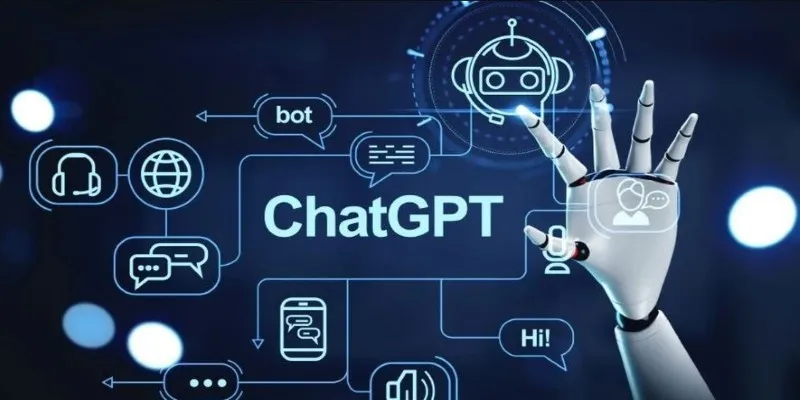Connected sensors are crucial for modern businesses to continuously gather vital operational data. By linking devices with algorithms, companies can create robust processes. The integration of IoT with machine learning provides real-time insights from multiple data sources, enabling companies to spot anomalies before they lead to failures and quickly adapt their operations using precise predictions.
Real-time IoT data insights allow teams to easily monitor performance across equipment and sites. The combination of edge devices and cloud platforms significantly reduces manual intervention and enhances scalability. Large volumes of data are swiftly processed through pipelines, and AI models continually refine insights to promote more efficient resource utilization and cost savings over time, leading to strong data-driven operations.

Predictive Maintenance for Reduced Downtime and Cost Savings
Equipment sensors collect data on vibration, temperature, and other conditions to monitor machine status continuously. By analyzing sensor data, machine learning systems detect minor deviations early, preventing failures. Historical maintenance records feed models that provide reliable forecasts of component lifespans and potential breakdowns, allowing companies to plan maintenance activities proactively and avoid unnecessary downtime that affects revenue and production. Predictive maintenance significantly reduces expenses associated with manual inspections and emergency repairs.
Remote monitoring systems send immediate alerts to technicians when measurements exceed predefined thresholds, enabling quick interventions. Large amounts of sensor data are stored in cloud systems, facilitating scale model training and deployment. Edge computing minimizes latency and bandwidth use by storing data locally for real-time operations. Integrating IoT with machine learning simplifies processes and greatly enhances asset utilization, resulting in longer equipment lifespans and better maintenance budgets. Companies achieve measurable returns on investment by continuously refining algorithms to meet changing operational environments.
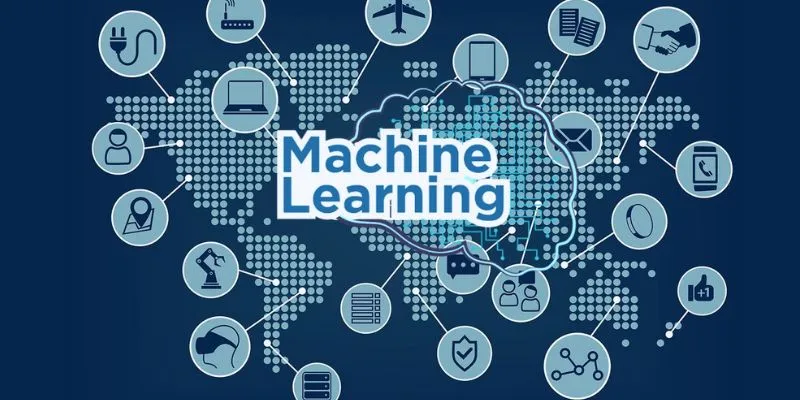
Energy Management with Smart Metering Solutions
Smart meters accurately collect data on gas, water, and electricity consumption at high frequency. Machine learning models analyze consumption patterns to identify anomalies and quickly detect inefficiencies. Accurate demand forecasting helps utility companies adjust supply strategies and reduce waste. The integration of IoT and machine learning enables dynamic pricing and optimal energy distribution across grids. Personalized usage data sent to consumers encourages behavior changes and significantly lowers utility expenses.
Automated alerts notify users of unusual consumption before meters overload, preventing service disruptions and costly repairs. Edge analytics process metering data at local gateways near consumer premises, reducing latency. Cloud-based systems offer extensive analytics for multiple sites and networks while securely aggregating data. Data-driven insights facilitate clear reporting, ensuring compliance with environmental regulations and enhancing sustainability efforts. Real-time IoT data insights allow companies to monitor grid conditions and streamline maintenance schedules. Automated dashboards enable managers to track energy KPI improvements.
Supply Chain Optimization for Inventory and Logistics
IoT sensors continuously monitor location, temperature, and humidity by attaching to pallets and shipments. Machine learning algorithms analyze data for increasingly accurate route efficiency and delivery time predictions. Real-time data-based reorder point optimization helps companies reduce stockouts and overstock issues. Warehouse automation combines robotics and AI models to expedite pick, pack, and ship operations. Fleet management systems use predictive models to schedule vehicle maintenance, preventing costly breakdowns.
Logistic companies integrate cloud dashboards to provide end-to-end supply chain performance at scale. Forecasting tools dynamically adjust inventory levels by learning from seasonal and market demand shifts. Collaboration platforms securely share insights among stakeholders, enhancing coordination, transparency, and decision-making. Integrating IoT with machine learning increases resilience against supply chain shocks and disruptions. Companies that ensure consistent product quality and timely delivery will boost customer satisfaction. Teams continuously refine supply chain models for constant improvement.
Healthcare Monitoring and Patient Care Enhancements
Wearable sensors accurately monitor vital signs like blood oxygen levels, heart rate, and activity patterns. Machine learning models analyze patient data streams to identify early warning signals of health deterioration. Remote monitoring systems promptly alert care teams to anomalies in critical medical statistics. Personalized treatment plans adapt in real-time based on patient responses and predictive analytics results. IoT and machine learning integration supports telemedicine by enabling secure data exchange.
Hospitals use cloud computing to compile patient data and train AI models on diverse datasets. Edge devices ensure data privacy by processing sensitive health information locally, minimizing latency risks. Predictive algorithms forecast hospital admissions and optimize resource allocation during high- demand periods. Custom alerts remind patients of follow-up visits and medication adherence. Data-driven decision-making helps healthcare professionals improve patient outcomes and reduce operational costs. Clinicians leverage insights for proactive care management.
Agricultural Efficiency with Precision Farming Applications
Soil sensors monitor pH, moisture, and nutrient levels to guide precise fertilizer and irrigation timing. Drones equipped with cameras and LiDAR detect early crop stress and pest infestations. Machine learning systems analyze multispectral images to quickly map variability and recommend targeted treatments. AI-driven automated tools allow farmers to precisely apply chemicals and plant seeds. Integrating IoT and machine learning enhances yield forecasts and optimizes harvest scheduling for superior crop quality.
Weather stations provide predictive models with inputs, projecting temperature changes and rainfall for proactive field management. Edge computers process farm data on-site to support low-latency decision-making. Cloud-based platforms aggregate data across seasons to refine models and improve long-term planning. Real-time IoT data insights minimize environmental impact and drive resource efficiency, boosting production. Performance dashboards help distribute inputs, labor, and equipment effectively each season.
Conclusion:
By implementing IoT and machine learning integration , companies achieve scalable automation and measurable competitive advantages. Real-time IoT data insights enable teams to respond swiftly to anomalies and emerging trends. Seamless coordination of cloud and edge devices ensures high availability for critical applications and reduces latency. Predictive analytics globally promote preventive maintenance and resource optimization across industries, utilities, and transportation. Integration efforts require robust security policies and governance systems to protect sensitive operational data. Companies leveraging real-time IoT data insights and AI automation maintain leadership in ever-evolving markets.
 zfn9
zfn9


